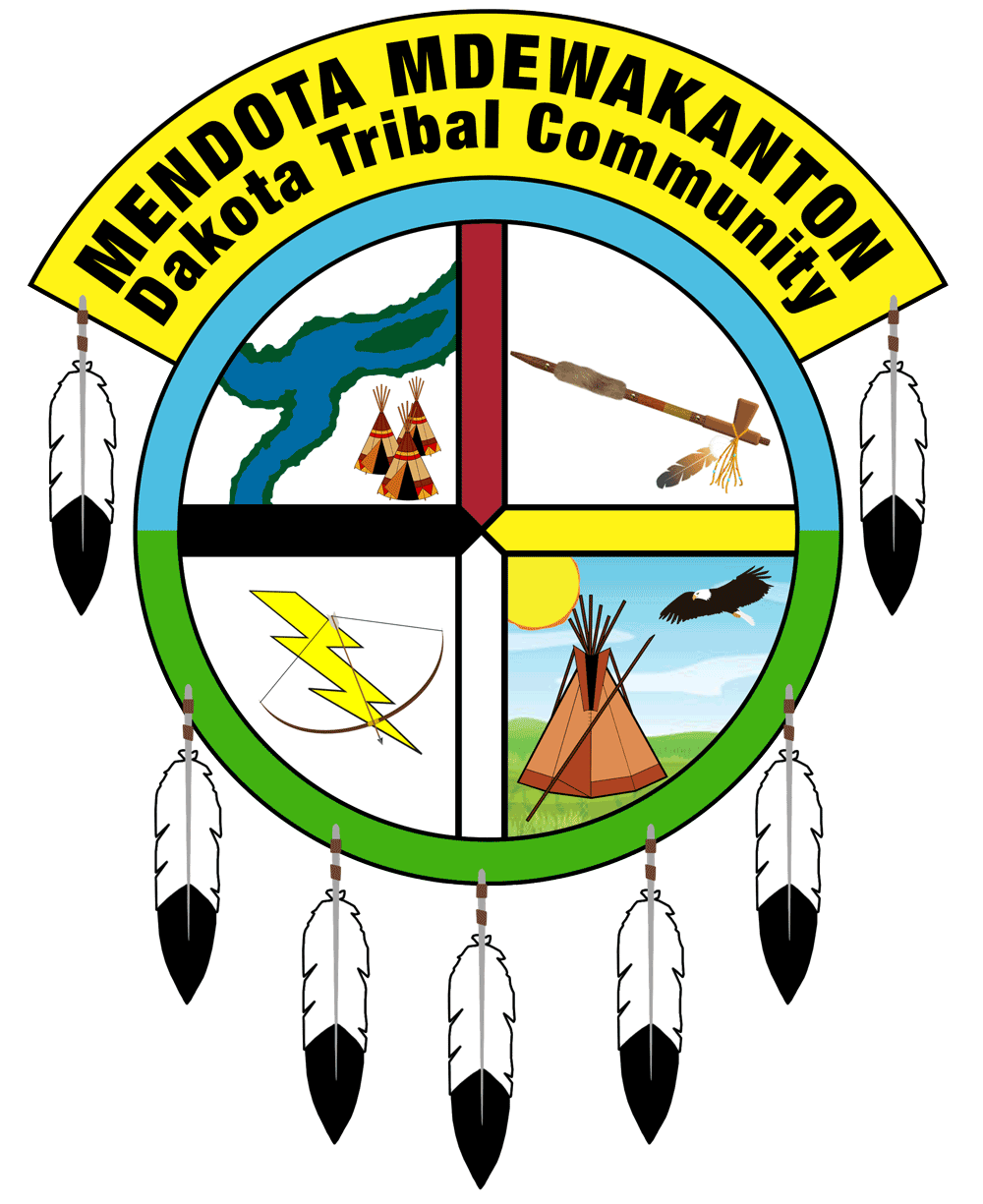Commentary: Sesquicentennial missed reconciliation
Audrey Thayer, Bemidji Pioneer
Published Wednesday, June 04, 2008
Bemidji was one of the five honorary locations that celebrated “Capital for a Day†and the 150 years of Minnesota statehood which was called “Minnesota’s Sesquicentennial.â€Being indigenous, I thought what an opportunity to attend at least a couple of the state’s presentations on the history of great things that have happened since the “arrival of the immigrants†to Minnesota which was Dakota Territory and then later home to the Anishinabe people.
Looking at history, you might even consider the “arrival of the immigrants as being illegal immigrants†as permission was never questioned but assumed when treaties were signed that these documents were correctly honored and the right to use the Indian land in our state was appropriate.
I was disappointed in the “Capital for a day†in Bemidji and disturbed by the approach toward the Minnesota’s Sesquicentennial in this state.
It was clear our friends who joined us in sharing of the land now called Minnesota basically have not learned much in the past 150 years in cultural understanding.
Many of the cities’ ceremonial activities were planned extensively. I wondered how many of the honored cities directly asked local native groups to assist in planning the events. It was clear, not many.
The native Americans were overlooked, in some cases not included, in events throughout the state.
Celebrations focused on the immigrant who arrived in this state, leaving out the indigenous peoples who had a rich history here prior to the arrival of our guests and a depressive history during the 150 years of Minnesota Statehood.
This is sad as the Indian population was the original keepers of this land, the landlords, always treating this sacred land with respect.
Unfortunately, the true history of the 150 years of statehood from 1858 to 2008 was genocide, dishonesty and bad mission work when it came to the native American.
It can be difficult to include these facts in any historical celebration but this is part of our history and if we want to reconcile with the native American, it must be included.
It was tragic one of the Sesquicentennial events on May 11, at Fort Snelling, located outside the Twin Cities, resulted in native peoples arrested trying to bring to light public education of what really happened when the wagon trains rolled into the state of Minnesota 150 years past.
The history of Minnesota’s influential leaders in government toward Indians was genocide.
It allowed the stripping of the native culture, bad land deals clearly knowing without the resources from the land the native lifestyles depending on it encouraged a loss of identity, which is part of the historical trauma for native people today.
For Bemidji’s capital for the day, I felt like it was a rushed sideshow with a lot of military pomp and circumstance, throwing in a respected native drum, a prayer from a well-intentioned priest whose church had a history of destructive mission work and this was Bemidji Capital for a Day.
I think the little dab of including something native American missed the mark for this day.
The Diamond Point Park dedication in Bemidji included for the list of events was important.
The event reflected hard work by good citizens in this community but lacked real substance to the history of Diamond Point Park.
On that day of re-dedication, the emphasis of the Diamond Point Park history could have been presented in more detail instead of the quick speeches congratulating on the upgrades to the park.
The history of this park is gone without a whisper of why to the public.
At the end of the day and all is said and done, I brought my granddaughters to the premier of “Bend in the River†a historical production produced by a local theater company.
The production was presented twice in Bemidji, the night before and at the very end of the Bemidji Capital for a Day.
It offered a real descriptive and sound history from the indigenous history to logging not to forget the Paul Bunyan mythology.
The “Bend in the River†should have been presented when the large crowd gathered to celebrate the Minnesota Sesquicentennial and dedication of the Diamond Point area.
If I had not attended this play I would have truly missed one of the most important events for Bemidji Capital for a Day and Minnesota’s Sesquicentennial celebration.
I want to thank the individuals that were in this production for giving of their time and energy to show history.
In closing thought, the 150 years Sesquicentennial for me was a strong reminder of the history of destruction and stealing of land from the original people who lived in this state.
I am glad I supported the events that tried to grasp the concepts of the past 150 years but I fear people missed an opportunity for reconciliation with native people and the word exclusion comes to my mind.
Audrey Thayer is coordinator of the Greater Minnesota Racial Justice Project of the American Civil Liberties Union-Minnesota.
